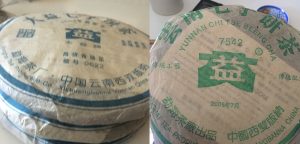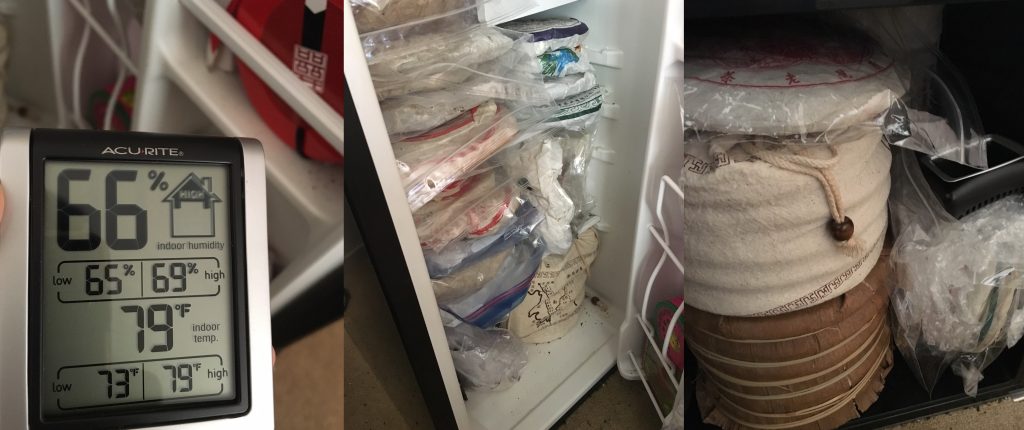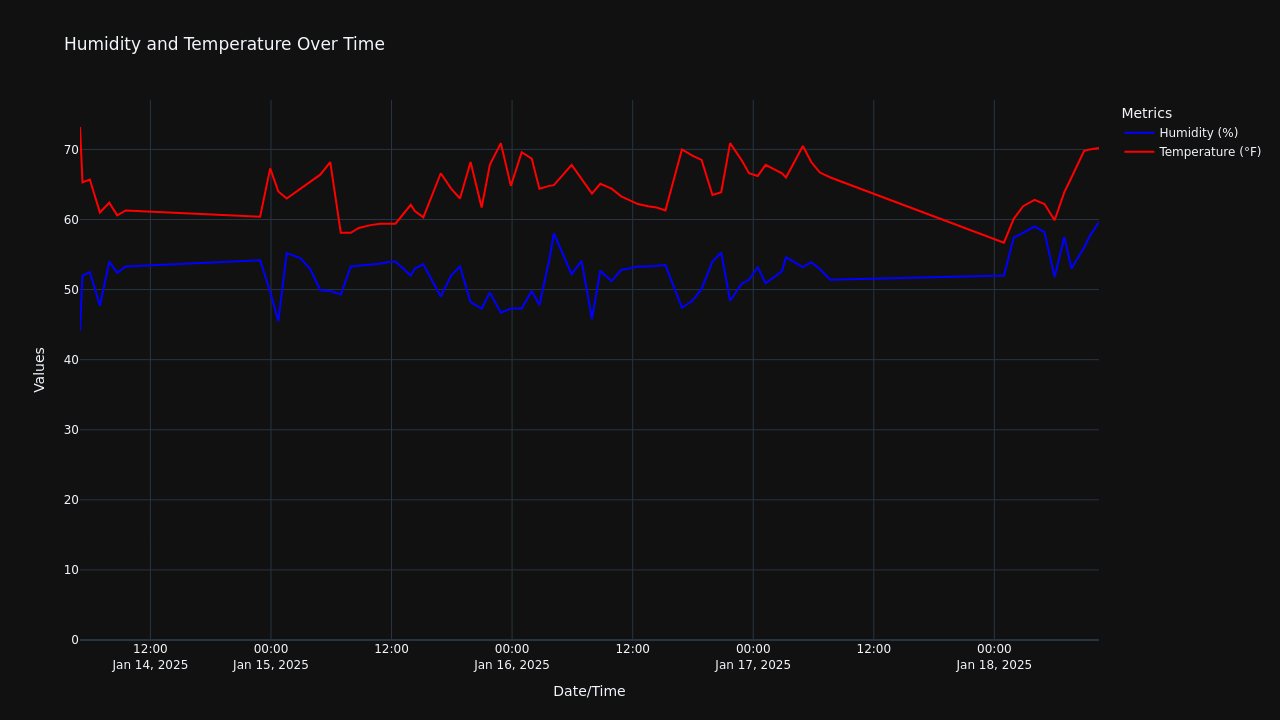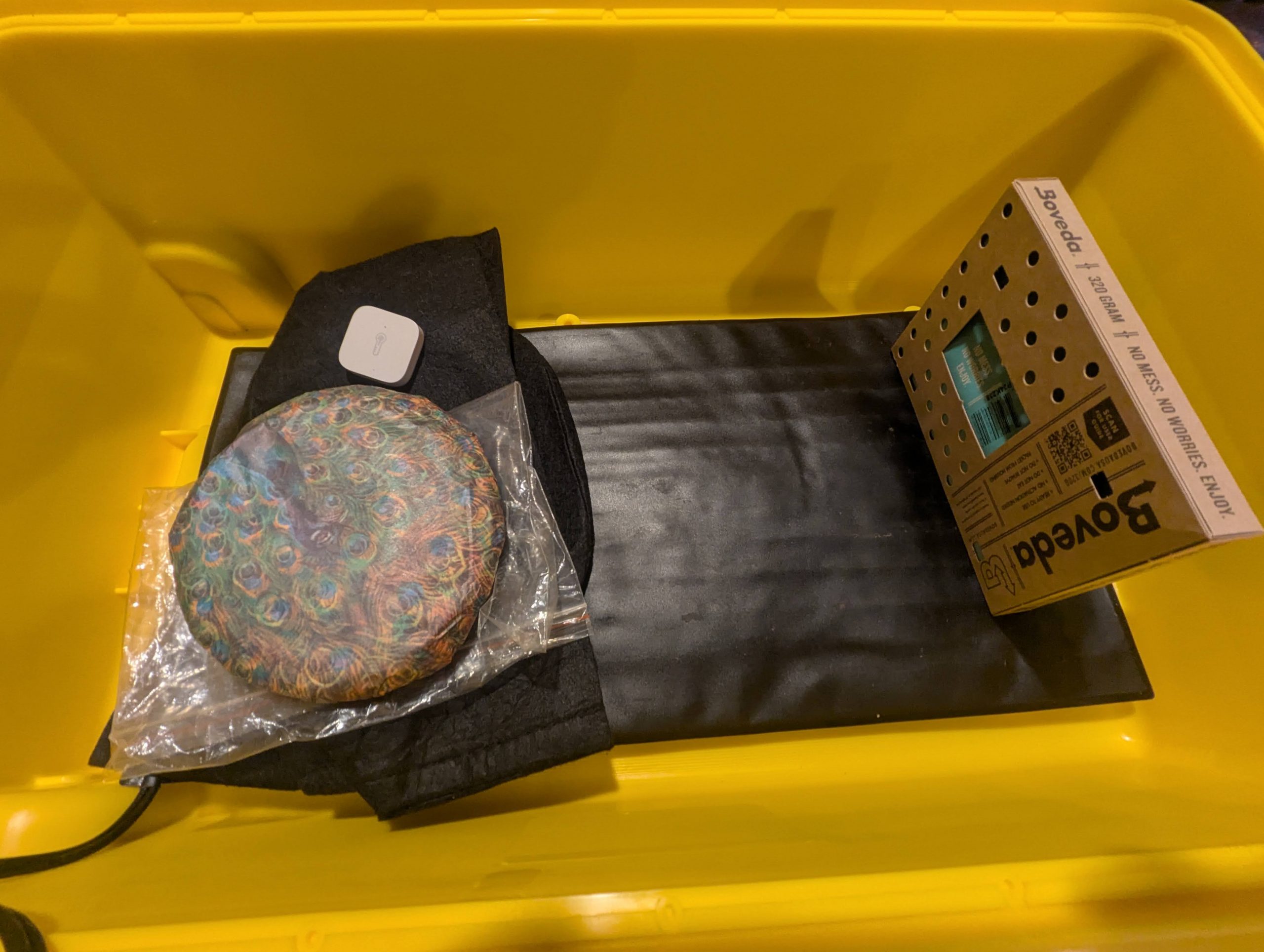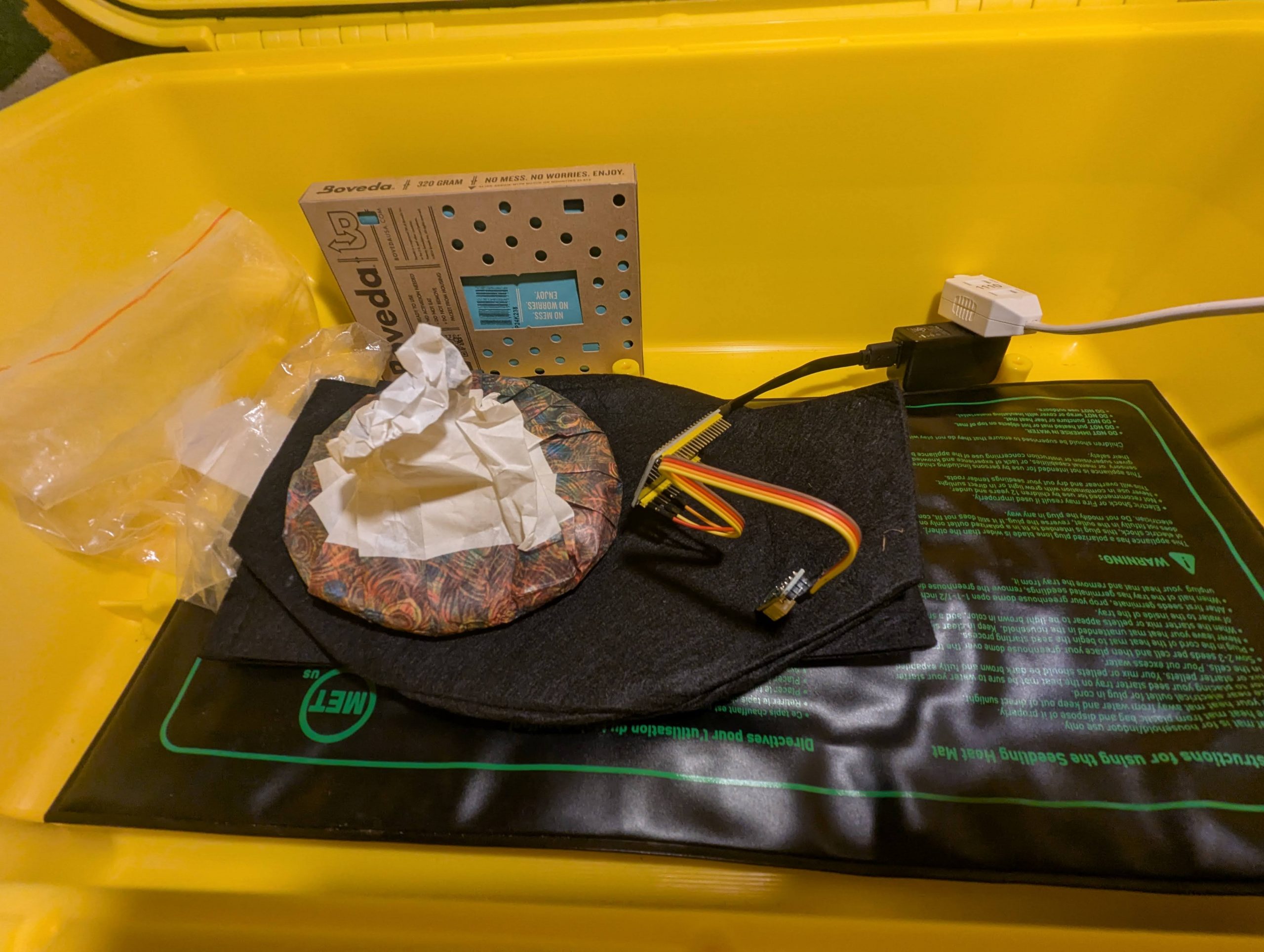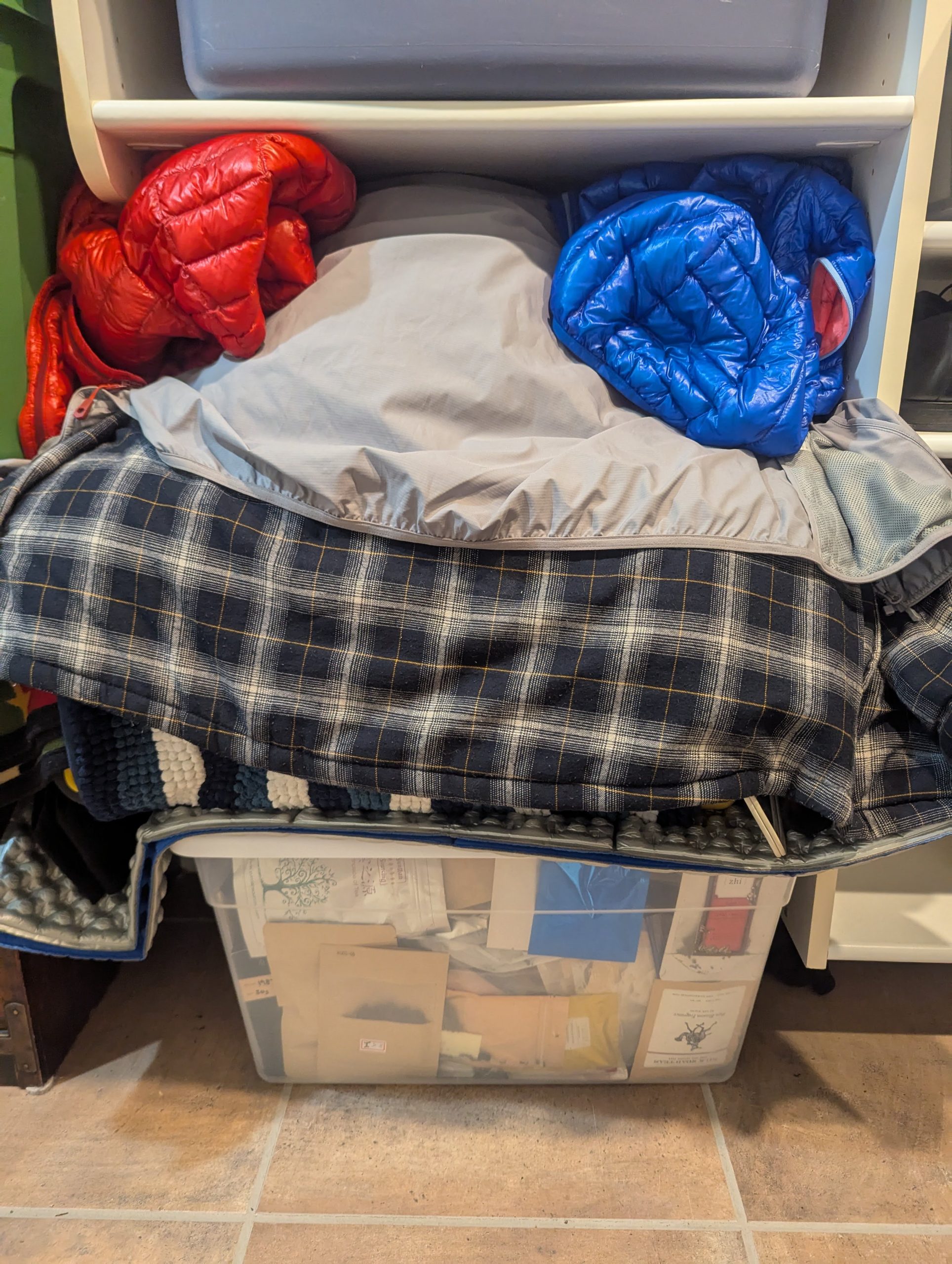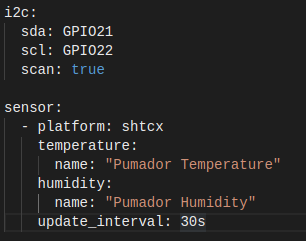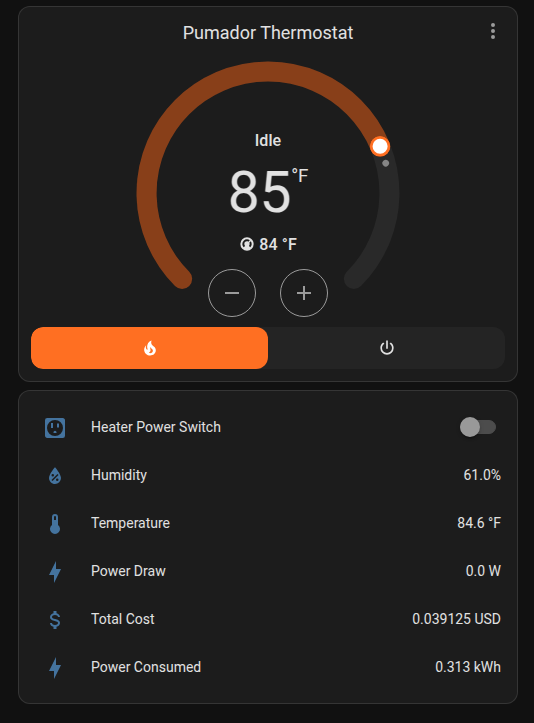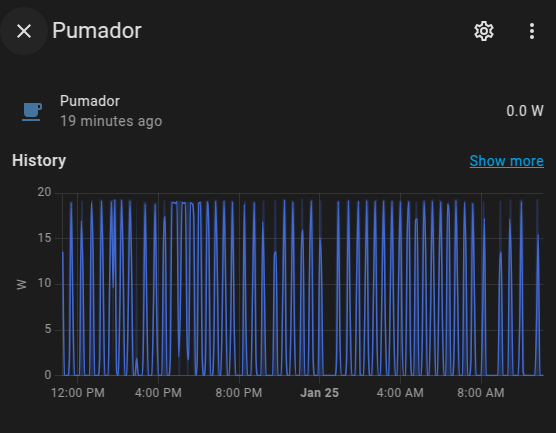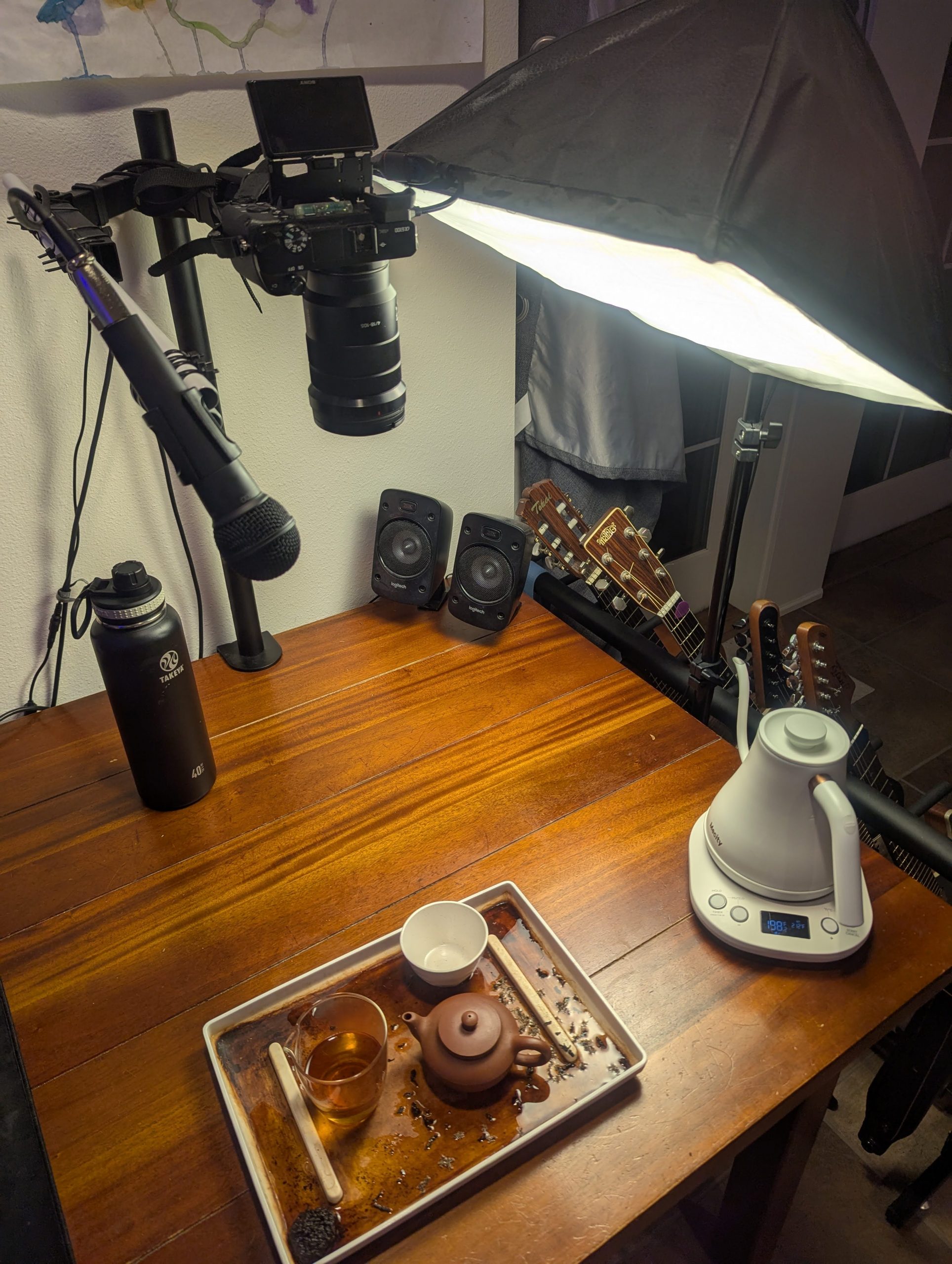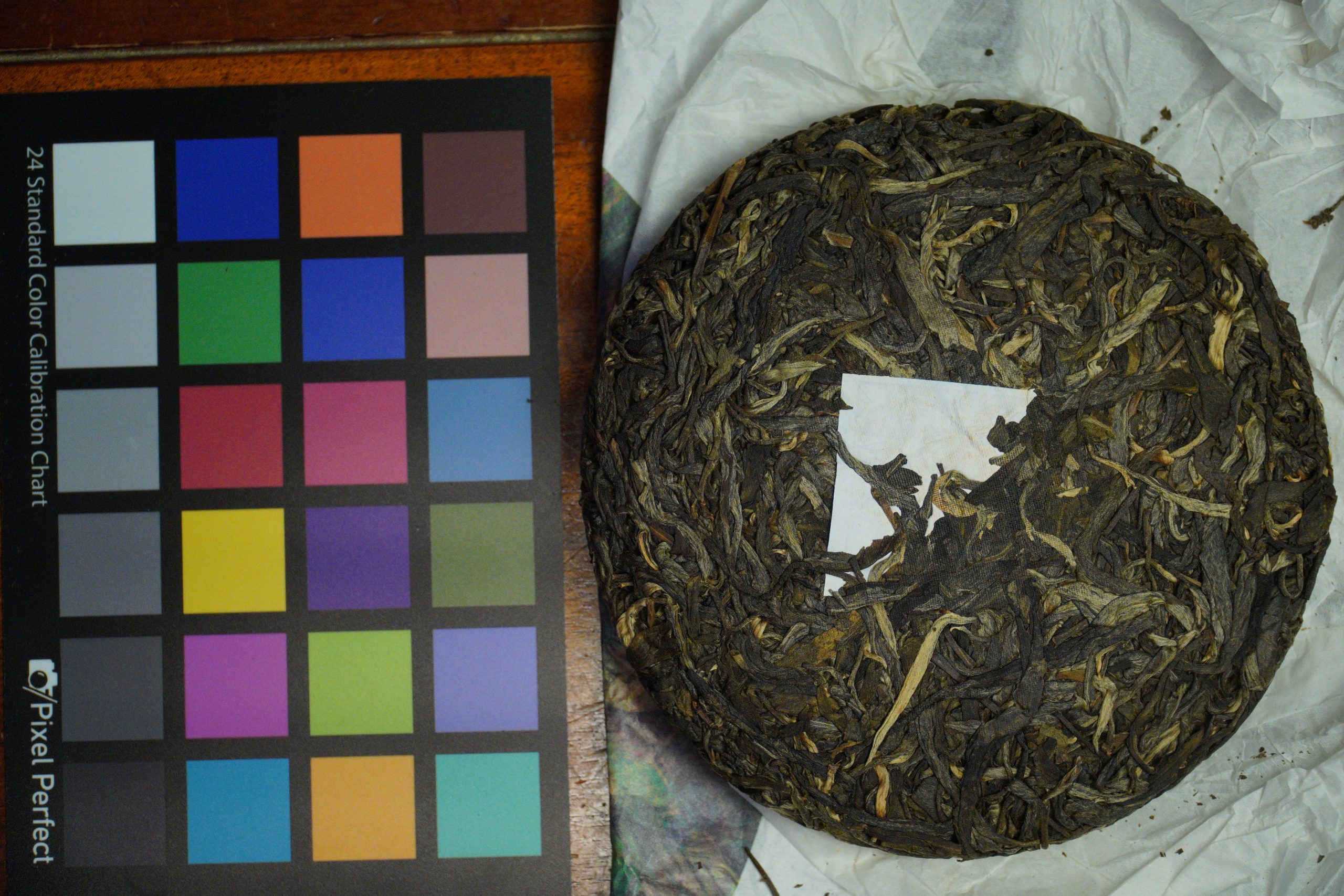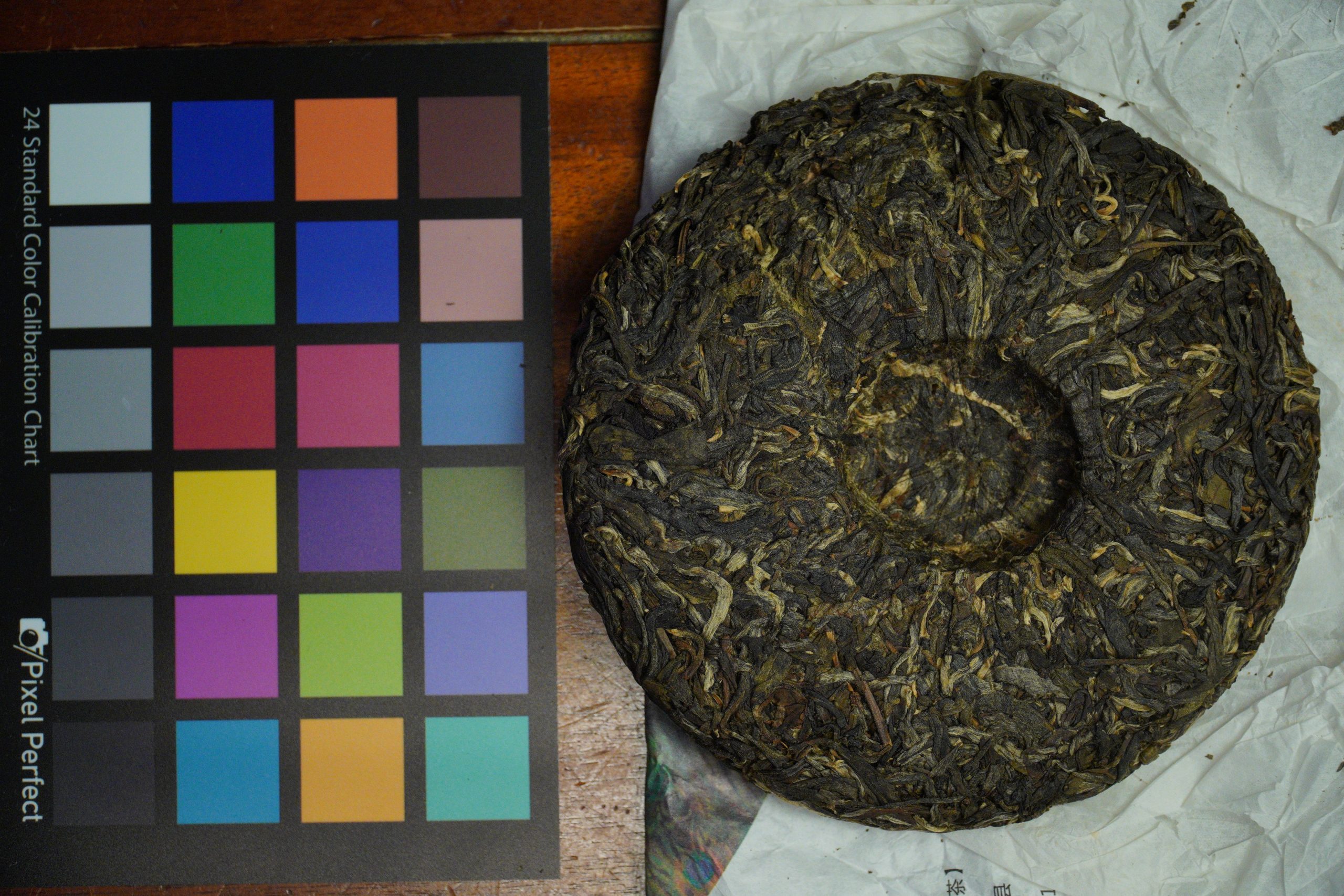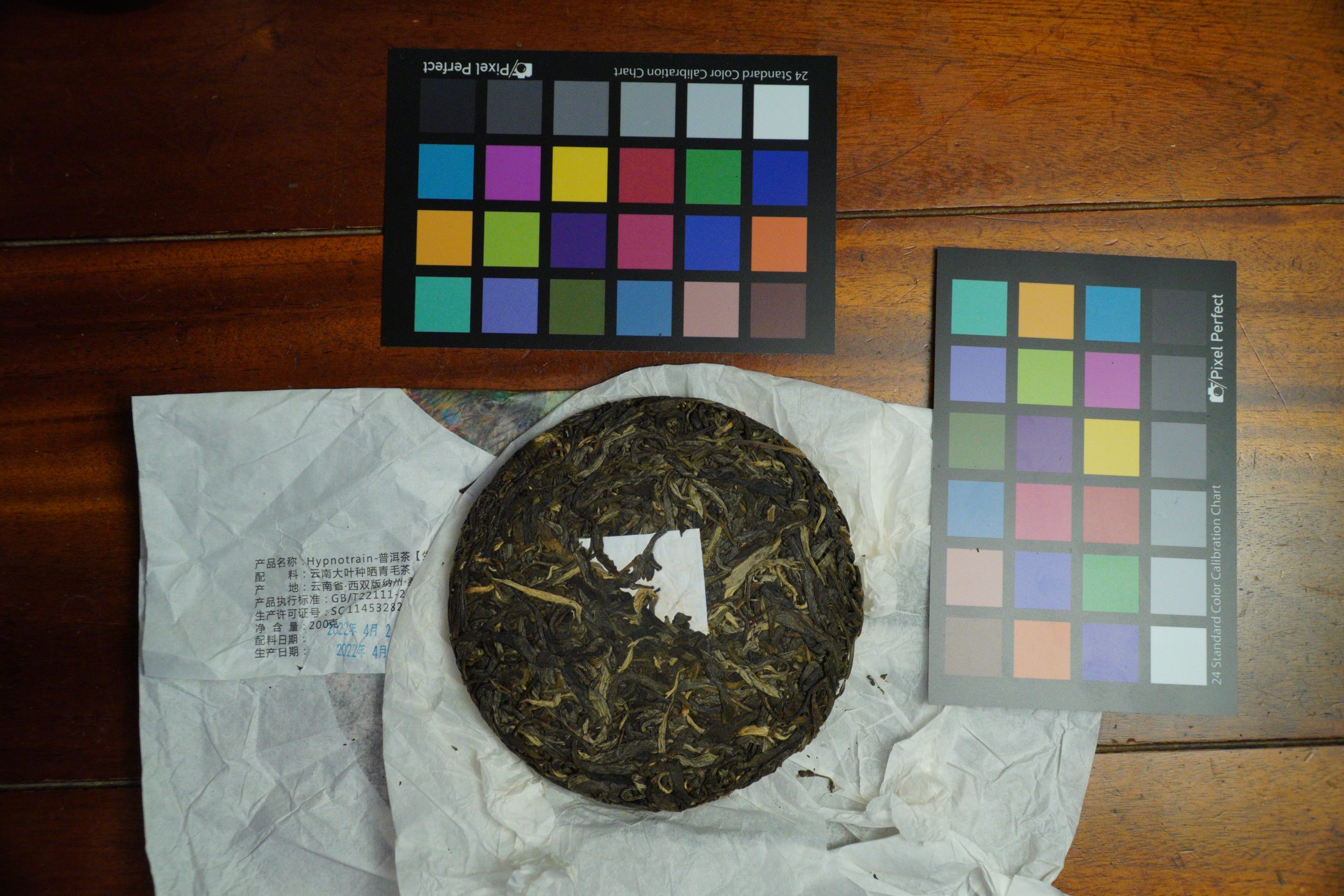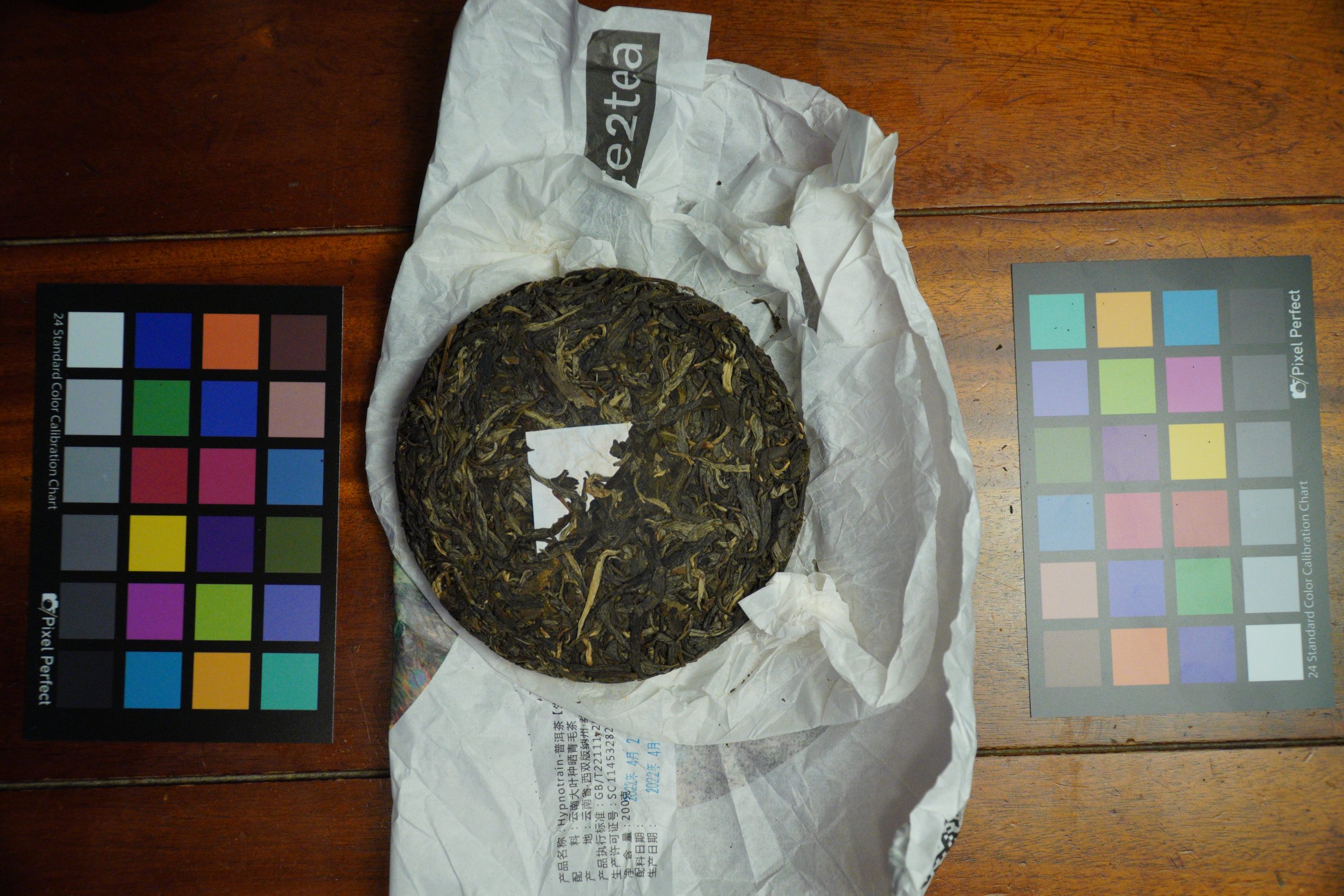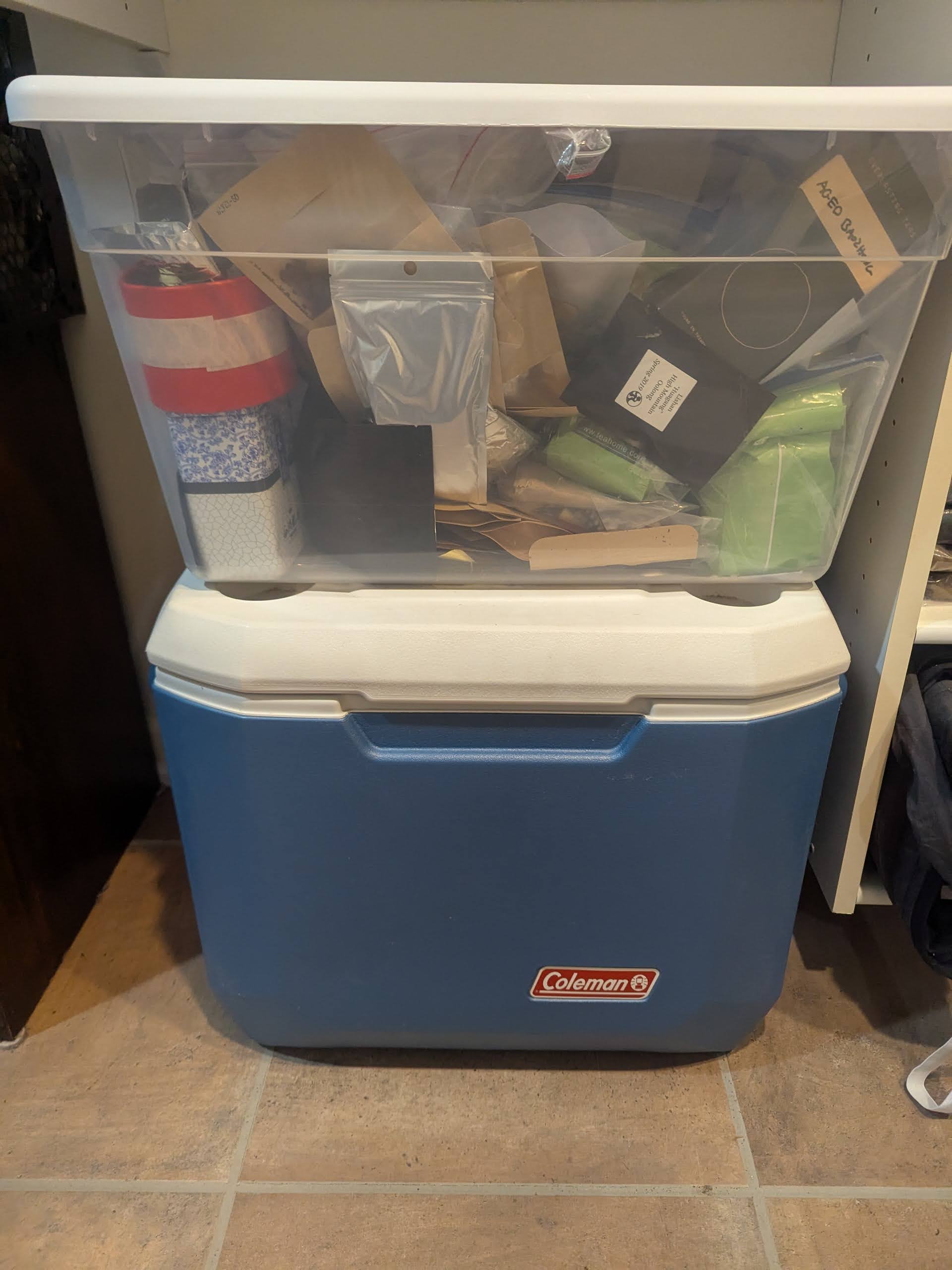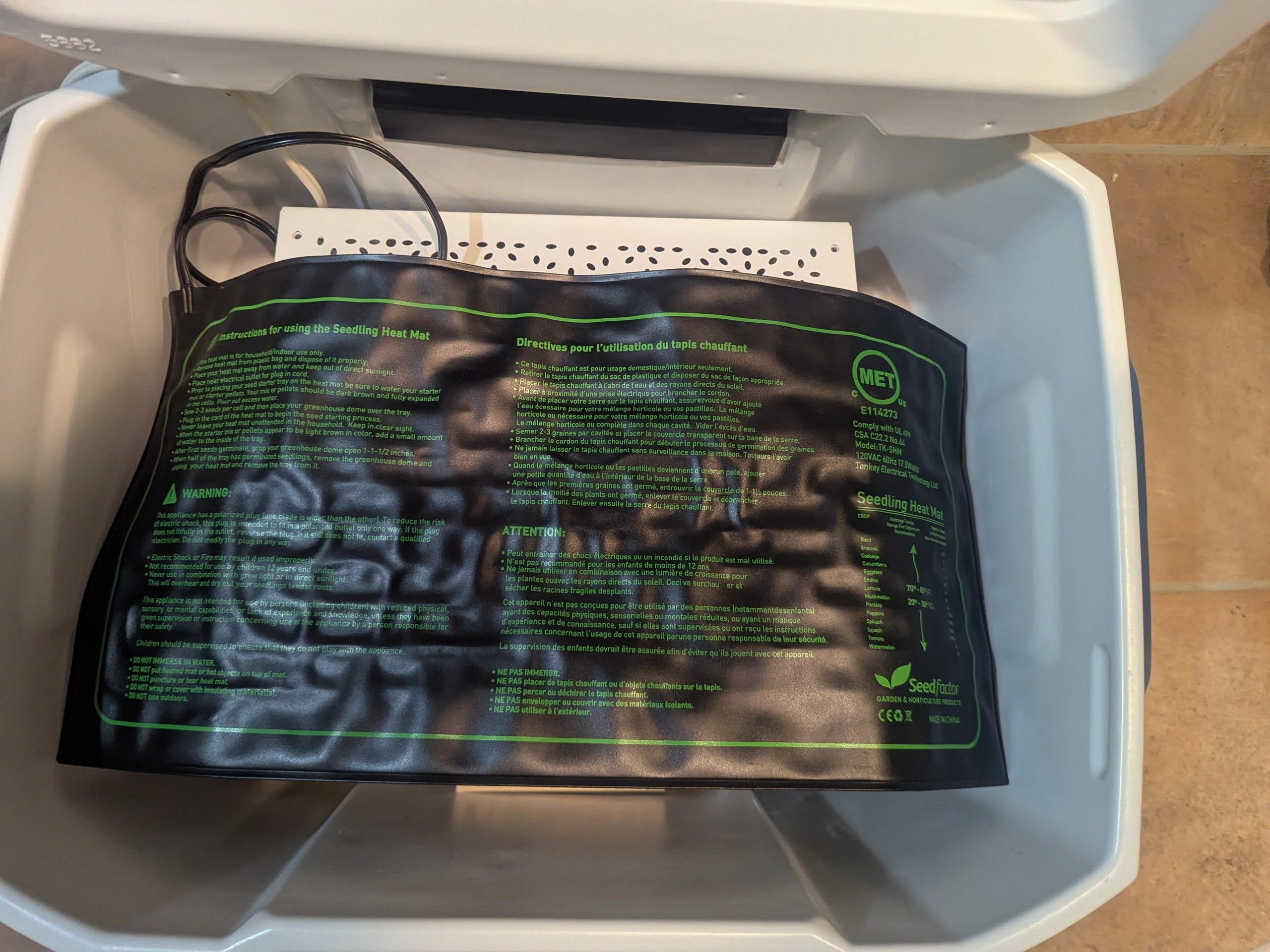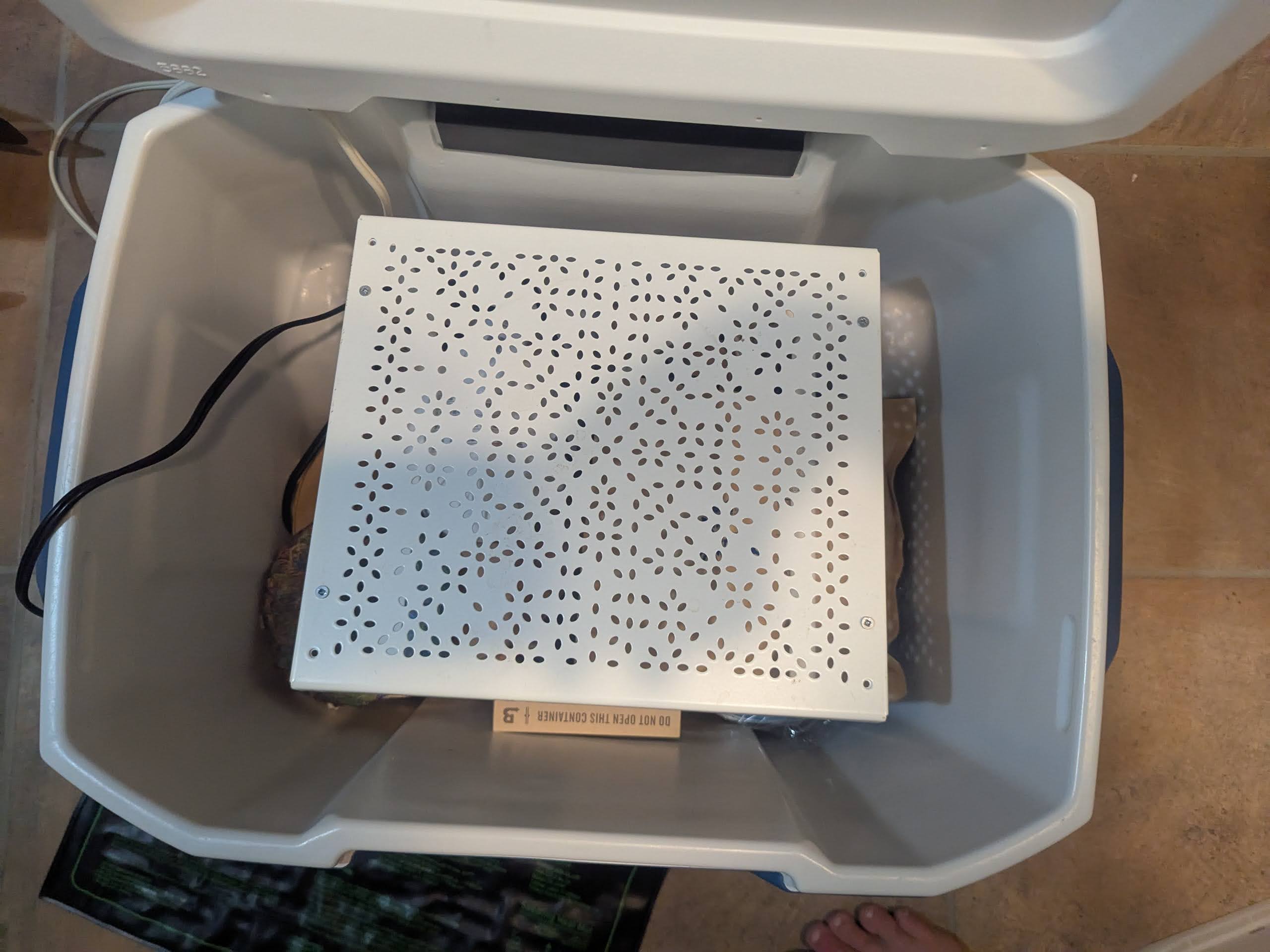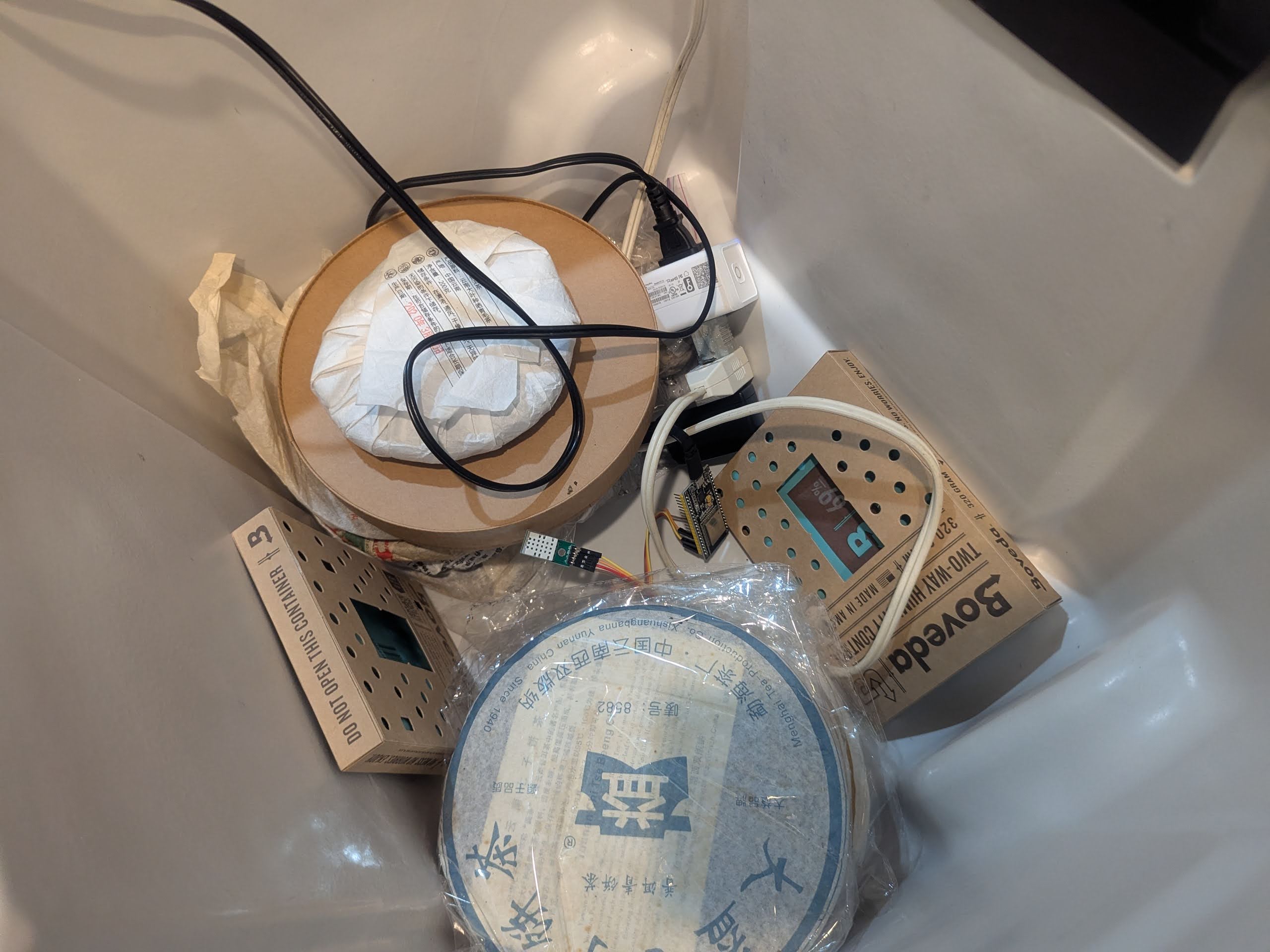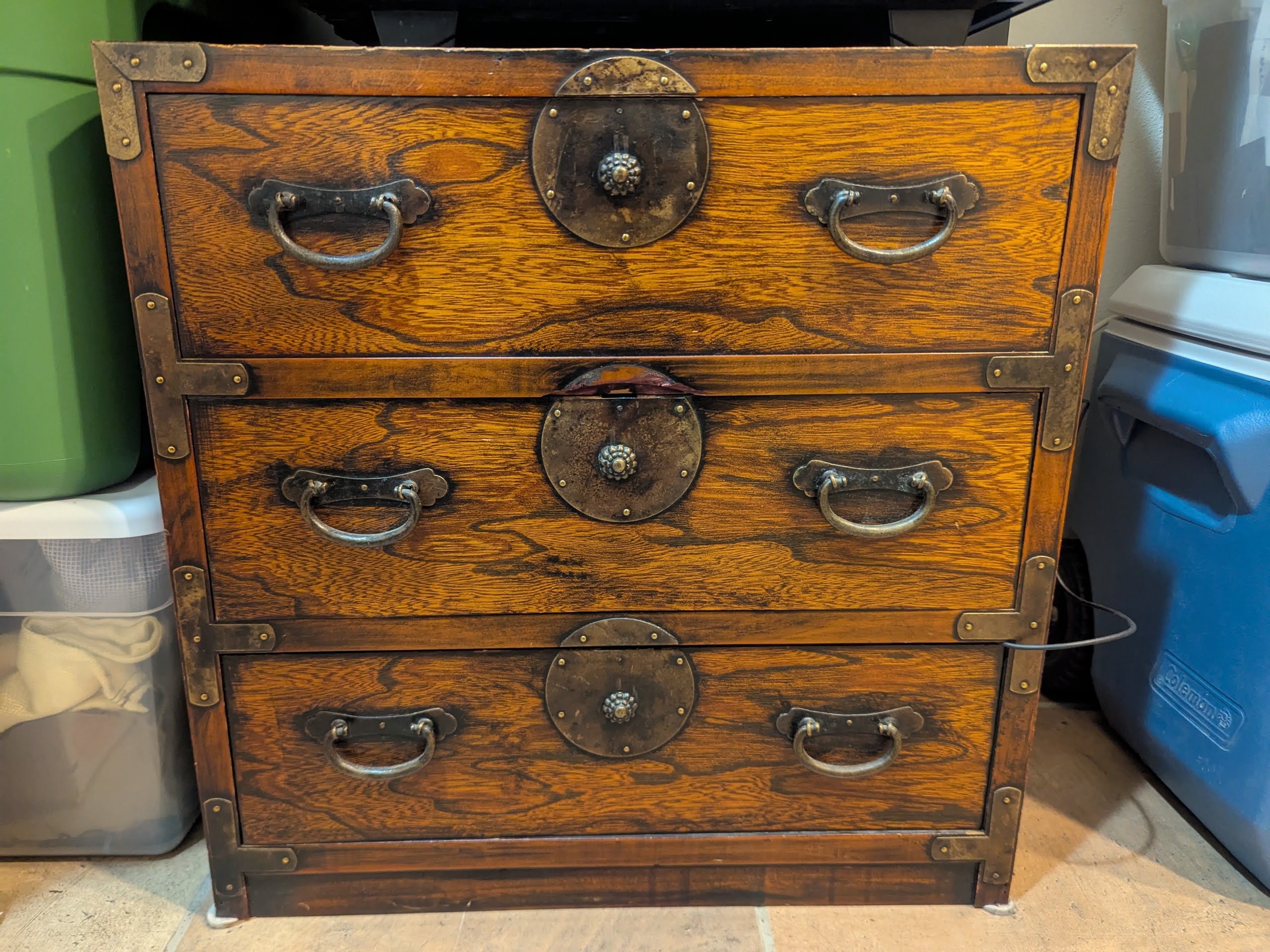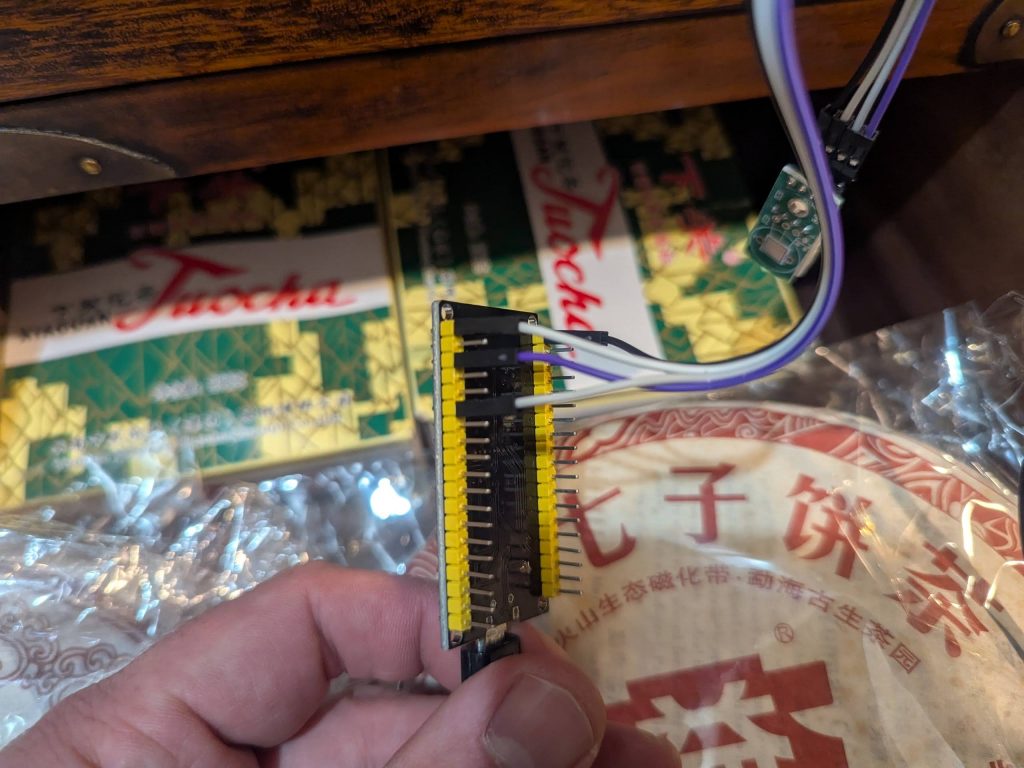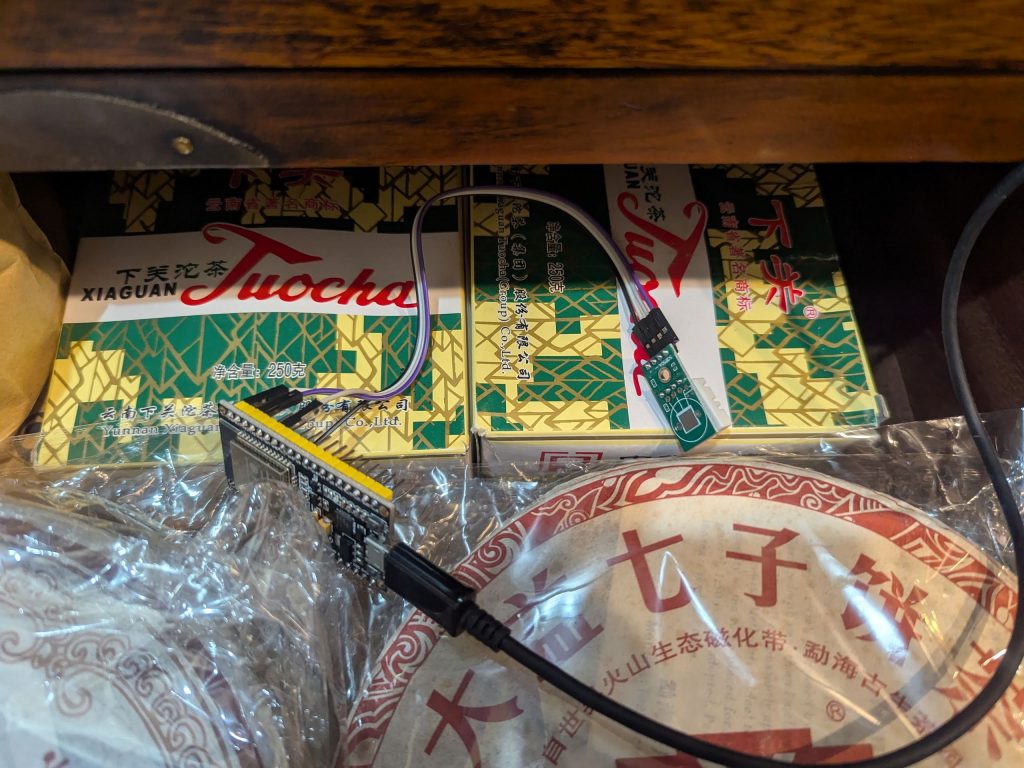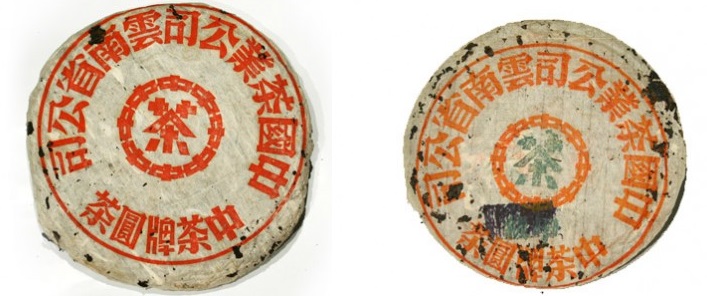What Would An Ideal Tea Day Actually Look Like For You? What About An Ideal Tea Day For A Regular, Routine Day?
For my first decade of tea drinking this is a question I never really asked myself. I suspect I’m not the only one. An ideal tea day does not mean narrowing it down to a hyper-specific tea, but more about the context and types of teas. What time would you drink tea? Would you enjoy Yancha, Yiwu?? Maybe a rotation between a few different types of tea? How many teas? Do you enjoy drinking with tea friend A or tea friend B? How much time do you need to have a satisfying session?
Two followup questions. How often do you achieve an ideal tea day? What is preventing you from having more days like this?
An ideal tea day is something that can’t happen everyday for most folks due to life constraints. Work, kids, school, etc. Most of us have a fairly regular and routine schedule… Now, on an average day, ask the same question. Under the constraint of an ordinary day, what would the ideal tea day look like?
The Goal:
The goal is to pursue both your ideal tea day and teas so you can appreciate and enjoy tea more! By defining this clearly, we can strive for it more frequently.
For Myself:
My ideal tea day is having a leisurely 1.5-2 hour morning or early afternoon session with a good tea friend. My best and most memorable sessions are rarely alone, but in the company of someone else. We would share 3-4 great teas we both enjoy. Ideal tea types: pu’erh with age, Yancha, and aged tea. A good quantity to savor and enjoy, but not too many to overwhelm the experience. Teas I would not drink: younger pu’erh, Taiwanese oolong, Dancong, most Heicha, green tea.
The more routine ideal is to have two excellent quality teas in one day and then go on a run afterwards. The teas should be distinct from one another. For instance, one fairly active pu’erh around 20 years old followed by an aged tea or Yancha. An example: 2004 BYH Manzhuan, followed by some old Liubao.
Determining the ideal tea day is not particularly relevant for newer drinkers. The exploratory phase is something that plays out largely on its own and takes everyone in different directions.. Mostly you don’t want to over accumulate tuition during this period (samples are your best friend). But I think if you’ve been drinking tea regularly for a few years and have an idea of where your tastes lie you should try to move towards our ideals.

What Would An Ideal Month or Year Look Like?
This is a deceptively different question than an ideal tea day. Looking at a full month or year time frame, gives a different perspective than what you’d like to drink today or tomorrow. That level of distance and long term thinking is also good for preventing tempting impulse purchases that may not fit your vision. Having a zoomed out point of view also allows you to sample and dabble with a bit more purpose. Perhaps this month or year you want to explore Liubao. As much as we love to build a fantasy cart made up with teas we have the slightest interest in, you can go a lot deeper if you eliminate the clutter and focus, sample, and drink in a purposeful manner.
For Myself: Do 2-4 wide samplings (10+ reps) to get a feel for a tea maker or a tea type, i.e. Liubao. More routinely having a regular rotation of teas, 15-20+ year old pu’erh, Wuyi, Aged Oolongs.
I still enjoy sampling around and try different things on occasion. It remains fun to shop for tea that I enjoy. I continue to get a fair bit of edification by doing themed tastings and explorations. 10 years ago, I sampled too hard at different points so I know there is a limit to this for myself but there’s still enough variety out there in pu’erh and all tea types to enjoy the learning process. One difference between now and a decade ago is I’m much faster to move on from a session or sample if it isn’t working for me.
Managing Finite Resources. Did You Buy Too Much? Or Did You Spend Too Much?
As an RTS (Real Time Strategy) enjoyer, one of the biggest in-game mistakes you can make is floating too much of one resource. In the Age of Empire Series (I currently play AOE4) you have four resources, Food, Wood, Gold, and Stone. At a certain level of play if you are floating too much of one of them you’re probably dead. Why? You might be rich, but because you have mismanaged your economy you won’t have as much to invest into units. Tea is obviously different, but in the same way you can definitely over commit in certain areas.
Did you buy too much tea? Or did you spend too much money? These are different questions that don’t always overlap. Someone who spent too much money, means they likely don’t have enough for other things outside of tea..
Someone who bought too much tea has a different problem. Both are a resource allocation problem but should be thought of differently. The good news: if you misallocate too much into tea quantity it’s not like an RTS game where you’ll be dead in a couple minutes..
The two most important things someone who bought too much tea can do:
- Give away or sell teas you value less.
- Focus on teas that are of superior quality.
I have fallen into the “bought too much” camp more often than the former. I probably spent too much in my first couple years of tea hobbyism. But once my job and income stabilized I was buying too much quantity rather than spending irresponsibly.
By my own calculations I technically do not have a lifetime of tea, I would be able to brew and drink prolifically for around 30 years without buying anymore. Given my healthy stash of tea, one of the largest mistakes I can make now is to buy loads of value-oriented say $0.07/g tea. Another of my focuses in the past two years has been on giving away teas. Tea is better consumed by someone who enjoys it, rather than a tea hoarder padding his stash. I’ve opted to give away, and have given away at least 10kg in the last couple years. If a cake is indeed a sample, you should do the same thing you’d do to a dud sample you’re no longer interested in drinking. Get rid of it.. I fortunately do not need the money and can be thankfully picky about the tea I keep. So in the end I’m happy to give it away. After all, I overbought in quantity not in $$!
I don’t buy as often as I once did, but when I do make a purchase, I try to not buy on price performance or over focus on value as much as I once did. Obviously price and cost are always a part of the equation, but I am buying up a bracket from what I did when I accumulated most of my tea and trying to look at sheer quality and enjoyment. We do not drink dollars..

How Do We Know Tea Is Expensive?
Many people spend and judge price sheerly by feel. When something is too expensive, it’s often more of a feeling and not by an objective measure. Expensive also almost always means relative. $500 feels like a lot compared to $100, so therefore it is expensive. If you scroll back into the annals of pu’erh discourse you’ll find the days where people complained about $35 young cakes. This seems obvious in 2025, but they weren’t complaining because the cake was expensive in absolute terms. They were complaining because $35 was more than other pu’erh being sold at the time and they could not see what future pu’erh tea prices would be. It’s important to be aware of this psychology we use when judging prices.
I’ve long advocated for $/g metrics and I continue to hold to that. This is simply smart math and helps to standardize any purchasing calculations. Standardizing $/g is one thing, but there is also adjusting tea expenses to life circumstances. Tea fanatics range in life stages and can have hugely variable levels of income. It does not make much sense for an unmarried 30 year old working in tech in the Bay Area making $600,000 vs. a college student with no income to abide by the same budgeting rules.
So how much to spend on tea? For people who have an income, I would suggest using a % of income as a baseline. Perhaps it could all fit into some sort of bucket for all discretionary spending or hobby spending or perhaps it’s a tea budget line all on its own. This gets into somewhat uncomfortable territory as it is taboo to talk too openly about one’s own financial situation in most social situations. It also can feel like you’re spending too much if you are framing it this way. This is a psychological barrier and I think having a healthy and honest view on spending money on something we enjoy is ultimately a good thing. I also believe spending in proportion to income makes sense, when compared with spending by feel. It would be prudent to be frugal during tougher times when income is lower. Likewise when things are going well it is OK to spend more.
One obvious caveat is that the actual % set can and should vary. After all two people can make the same amount of money in the same city and one can live comfortably while the other drowns in housing costs and credit card debt. It is probably unwise for someone paying high interest credit card debt to spend a lot on tea. Whereas the one with a fully funded retirement account can probably afford to allocate a higher %. Judge what is expensive or not based off of real numbers not just a feeling.
A Couple Quick Calculations
At what rate are you buying vs. consuming tea? This is pretty simple to figure out. It’s easy enough to calculate out how much quantity and how much $ you’ve sent within a specific timeframe. It might be painful to tabulate, but it is better to live honestly than with purposeful self-delusion.
Calculate:
- Quantify Amount Purchased
- Quantify Amount Consumed
- Quantify $ Amount Spent
- Quantify $ Amount Consumed
At what rate are you drinking tea vs. consuming it? This is helpful as a way to measure how quickly you are accumulating. A lot of people humor the idea they will have a short burst of buying a lifetime of tea perfectly suited for them and retire into their idyllic wood cabin with beautifully designed, aesthetically pleasing pu’erh storage. It is true that once people have a lot of tea they do tend to slow down. And perhaps some people have that sort of self control but it is far more frequently fantasy than reality. It’s important to be realistic about our human impulses and not rationalize extremely rapid acquisition under the false idea you’ll stop on a dime.
One calculation I suggest is calculating the $ amount consumed. It is entirely possible to consume several times beneath what you are buying. It essentially means you are drinking your cheaper teas at a decent pace but saving your nicer teas. I know because this describes my own habits for years. I would manage to save up and justify pricier purchases, that I would hardly touch. Part of this was the premise that the tea was not at its peak. Part of it was simply good old fashioned hoarding. You could argue this means the teas don’t pass the speed test. But the only reason they don’t pass my speed test is because I deemed them too expensive to enjoy.. Drink and enjoy stuff you like when you can. Now as someone with a young child, I generally try to get a good session whenever I can and the conditions are good enough, not when the stars are perfectly aligned!
Remember.. For a lot of your favorite tea, you are amongst the most ideal people to enjoy it. You bought it for a reason. It can be OK to wait for the perfect opportunity to share tea, but sometimes a good but not perfect time to enjoy a tea is all you need.
Tea Drinker A:
- 20 Cakes Purchased Annually (7,140 grams)
- 10 Grams a day consumed (3,650 grams)
- 2:1 Weight Purchasing to Consumed Ratio
- $2,400 Spent Annually ($200/month)
- $65 Consumed Monthly
- ~3:1 $ Purchasing to Consumed Ratio
Opportunities for Quality Sessions (OQS)
Life dictates how we drink tea. Tea is a caffeinated beverage and different people react in varied ways. I have a friend that strongly prefers to be done drinking before mid-morning or his sleep gets messed up. Others can tolerate evening tea sessions without losing much sleep. Some people can also drink multiple teas easily, whereas others are strictly one per day. Opportunities for Quality Sessions (OQS) is essentially how many chances you get to have a good session.
I am fortunate to have a high OQS in my current life. Quality sessions are doable for me on most workdays, where the nature of my work allows me an objectively good schedule to enjoy tea. I tend to have time for morning tea sessions where the caffeine is least likely to impact my sleep.
Having a low OQS unfortunately means less chances to really enjoy and savor tea. It does however have some positives. For instance if you can only have good sessions on the weekend you could just load up on daily drinkers for the work week and bring out the $1k cakes for Saturday, Sunday. If I could only drink tea intently once per week my buying would and should look different (bring on the $3/g cakes!).
You Don’t Have To Feel Bad About Spending Money On Tea
One thing you’ll notice when money gets brought up in tea circles (reddit or discord) is a shared sense of shame for how much they’ve spent. I think this is mostly because it isn’t normal to spend hundreds or thousands of dollars on tea leaves. While this is true, most of it is based on societal expectations. For instance, far more people spend irresponsibly on another vehicle than tea, something that is more or less accepted as normal. I don’t think people who spend a good amount on tea need to feel bad about it, provided they are doing so responsibly.
It is very easy to gawk at someone who spends an outrageous $2/g for a $12 session as an unwise use of money. But that $12 might be the highlight of their day or week and something they looked forward to before the session, enjoyed in the moment, and savored afterwards.. If that’s the case, $12 is an absolute bargain. It is a good thing when people spend money on hobbies they personally value and enjoy. Especially when the alternative is self-enforced tea poverty. Spending as little money as possible is not a good or inspiring goal and we shouldn’t besmirch someone who responsibly spends a few thousand on tea in a year, in the same way we shouldn’t talk down on someone who does their best with a more modest $100/annual budget.
How we feel is often uncorrelated to reality. Take a step back. Are you actually spending too much?? Or does it simply feel like you are spending too much?

Don’t Sell Your Self Short
I realized I was drinking lesser tea than I needed to. Things like that BYH Manzhuan I enjoy had lingered in deep storage only coming out on rare occasions.. Sure even if I believe they’re not at the peak of their potential, but I like drinking them in their current state and I have enough that I should have some around later. Why should I only drink that tea five times in five years?
Would you rather have your eccentric uncle’s antique coin collection or cold hard cash. Unless you share very similar interests as your uncle, 99.9% of people would likely take the money. In the case of inheritance, money beats esoteric interests. The same is true of tea. We are the eccentric uncle. And unless you are in a tea aficionado family your loved ones do not want your tea and will not enjoy it a fraction as much as you do. Even if I inherited another pu’erh fan’s tea, their taste and choice in tea would likely be different than mine. Passing on jians of tea to the next generation isn’t something that should be a goal in most cases.
Setting Matters. Activities to Do With Tea
Confession time… I find it suboptimal if I sit with the tea alone. I often get bored and the cycle inevitably ends with me scrolling on my phone or some other inane activity. My solution? I like watching films while drinking tea. Ideally I’d be able to share the tea with someone else, but that’s just not the reality most of the times. Sometimes the best setting given the options isn’t always a high-minded lofty one. Yes, I know it isn’t very zen or meditative or whatever… Sorry. I am who I am..
For others, the context would no doubt be different. Setting the right scene and mood matters. I know many folks love nature sessions. As a nature-agnostic who has bad allergies, being surrounded by trees isn’t my preference, but I can understand and respect why others love it. The same goes for teaware. It’s not always about a mathematical calculation to extract the best cup. Sometimes drinking tea in nice things we enjoy enhances the enjoyment even if the chemical compounds of the cup are held constant.
Pre-Scheduled Sessions, Anticipation & Savoring Sessions
In the travel-sphere, they say you experience a trip three different times. Firstly in anticipation and planning of the upcoming trip, second during the actual experience of the trip, and finally through savoring the experience and enjoying the memories after the trip happened.
I’ve started scheduling my sessions, kind of like meal planning. Sometimes plans change, but I rarely arrive at the tea table and think about what I’m going to drink. I’ve already decided a few days before. Like the travel example I derive a similar level of enjoyment where I look forward to the sessions and savor them afterwards. Scheduling sessions also forces me to make sure to plug in nicer teas at least once a week that I can look forward to.
How Much To Buy? A Math Problem. How Far Does 4 Cakes vs. 2 Tongs Get You?
It’s important to tackle this question once your tastes settle and you have a good idea of what will and won’t pass the speed test. There’s a certain danger with overplanning and outlining an idyllic tea life before you’ve had enough experience to even figure out what you like or want. But once someone figures out what they like…
In trying to determine how many cakes or tongs to buy of teas we like, I think these easily start to feel too complicated and potentially overwhelming.. We can reduce the purchasing to a simple math equation. For the calculation:
- Approximately how long you will be drinking tea or that specific tea. For some teas maybe drinking it until the end of your life doesn’t make sense.
- When do you approximate the tea will be at a state for you to drink and enjoy?
- How often do you want to drink the tea?
- How big are your sessions?
If you talk to old veterans of tea some of their hammers are very heavy. Splitting jians two ways, several tongs of tea. In my opinion, this is due to a few factors. (1) High quality pu’erh wasn’t always as expensive as it is now and (2) they were younger with time to drink these teas (3) the price is often quite a bit less if you can buy in higher quantity.
For Myself:
I estimate ~40 years more of tea drinking or until I’m around 80. (Like retirement planning, slowly aging tea forces you to reckon with your own mortality.)
If I bought 4 cakes of a tea and I wanted to enjoy it regularly for the 4 next decades, I’d be able to drink it 6 times per year (5 gram session + 20% cake dust/weight loss) or every other month for four decades. If I bought a tong + 1, I’d be able to drink it once per month for that same timespan.

Think Long Term. Why Younger People Should Consider Hitting Harder. A Tong Isn’t Always Enough
Looking ultra long term like this hopefully doesn’t discourage you from drinking your tea (you can always buy more), but it should encourage long term planning. I was puzzled at first to hear how much experienced people bought when they like a particular tea (wait, how many tongs do you have?). But now I do get it and in some cases do my best to replicate that behavior. A tong might seem like a lot, but if we are talking about a lifetime it is not that much. When you like a tea and want to be drinking it regularly for the rest of your lifetime you don’t just buy two cakes or five tuos. You buy two or three tongs.
It is true that most people tend to buy more than they consume, but the more haphazard buying often results in an odd assortment of slightly consumed cakes. Buying like this lacks focus and vision. Usually what is left are the worst teas that don’t pass the speed test, with the best stuff long gone. Would you rather have a random assortment of teas, or smaller variety but higher quantity of teas you love and can enjoy more freely.
Teas that won’t be ready for a while, you probably don’t need to hit as hard. There’s a few cakes that I’ve become convinced won’t be ready for at least 20 years in my unfortunately slow storage. Since I will only start drinking those in 10-20 years, I probably don’t need several tongs of these.
Younger folks whose taste have gotten somewhat settled, frequently don’t hit hard enough. They simply have more time, to both age and drink tea. If you have the resources, hitting hard makes the most sense for younger people. If you are crafting an investment portfolio, someone like my mid 70s year old Dad acts and invests in a different, more conservative matter than myself. Neither of us are wrong. Our situations are simply different.
If you are a young person who has been drinking for a few years and you run into a tea you like a lot and want to drink you should buy much more than two cakes. You don’t have to be impulsive.. Sleep on the decision and take a breather but when you run into a tea you love, it is very unlikely it will be around forever. Your old version will thank you later.



